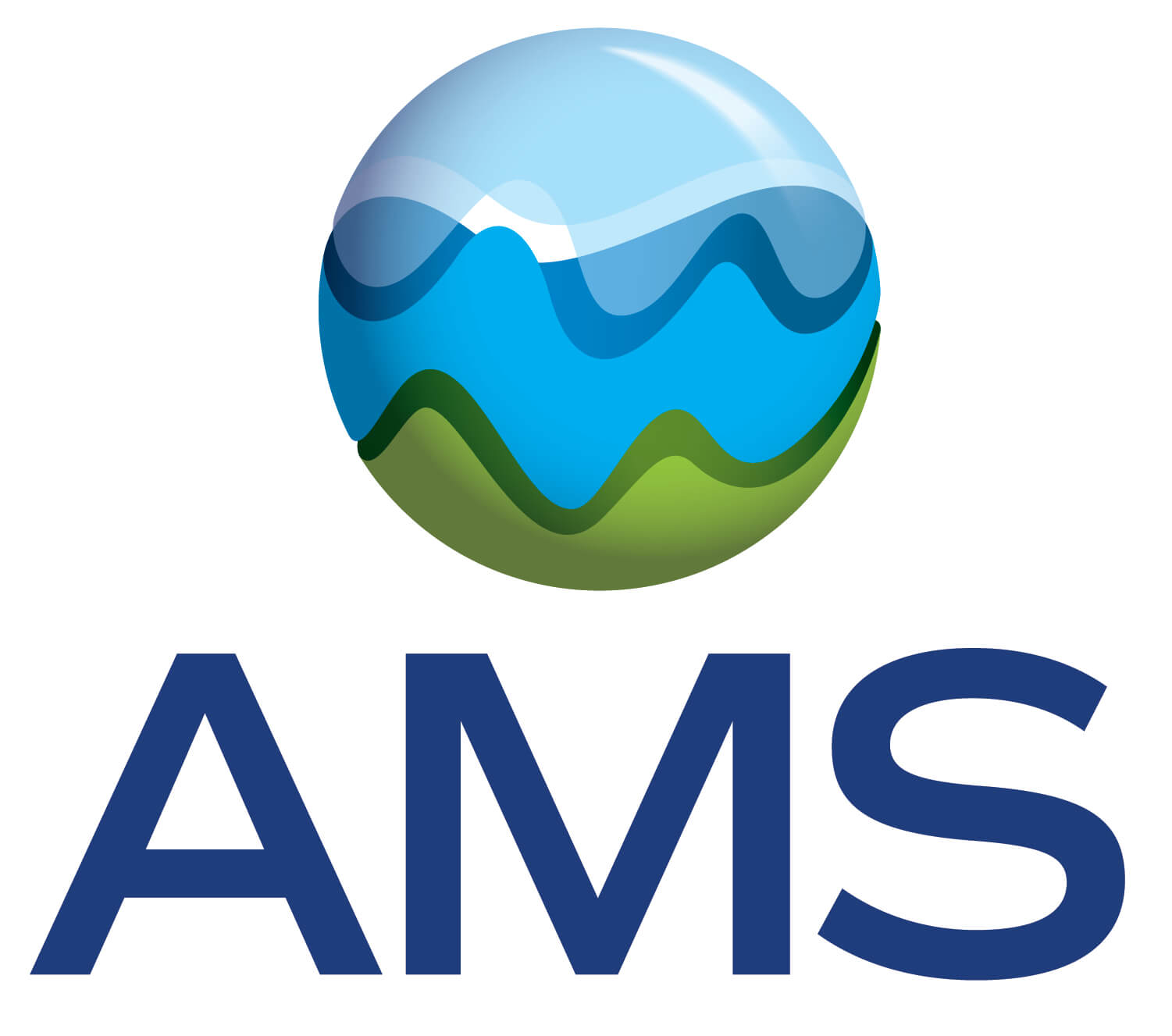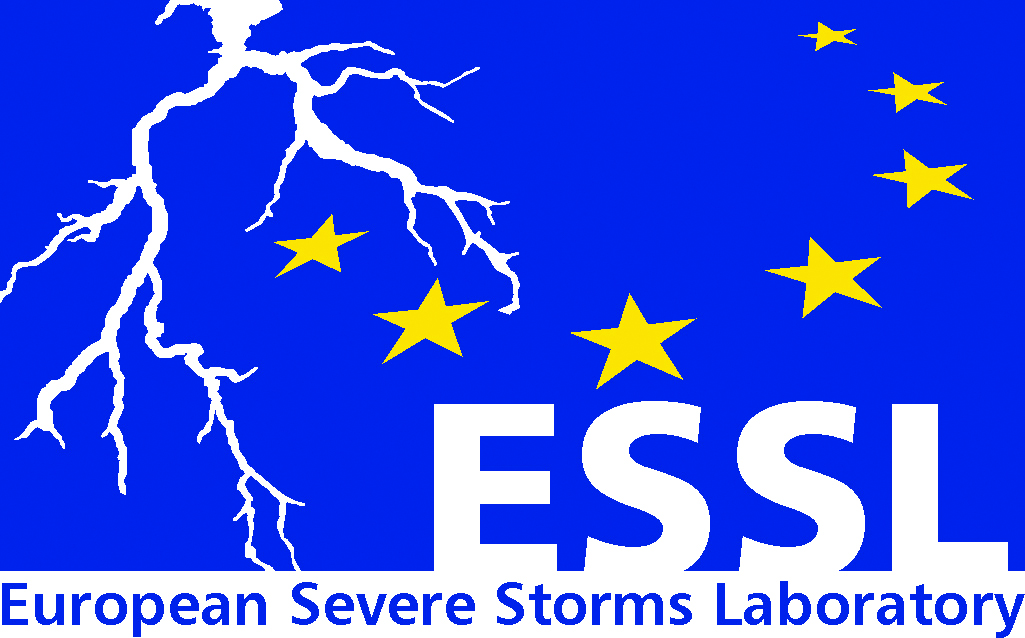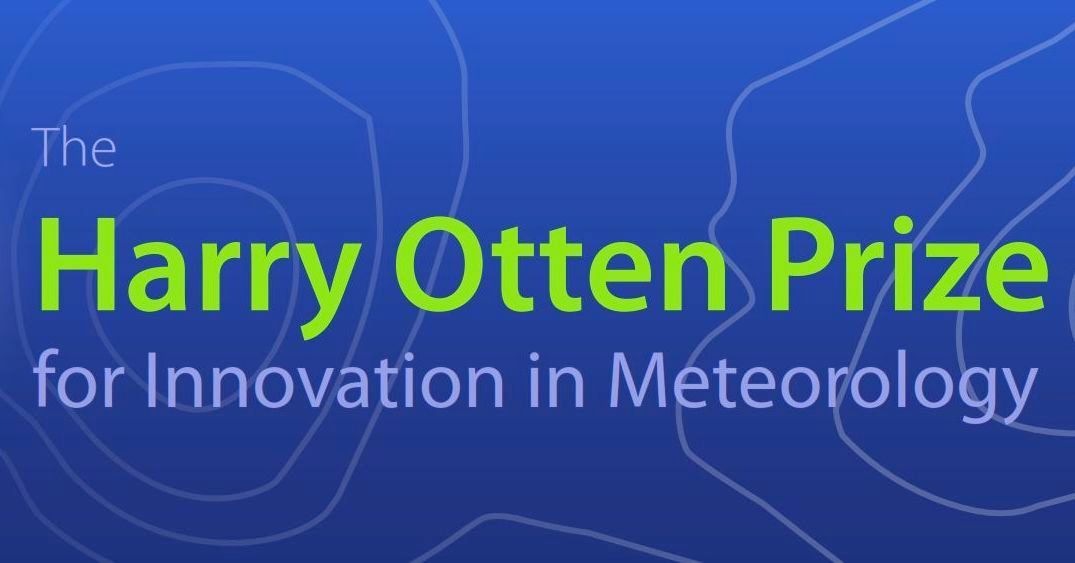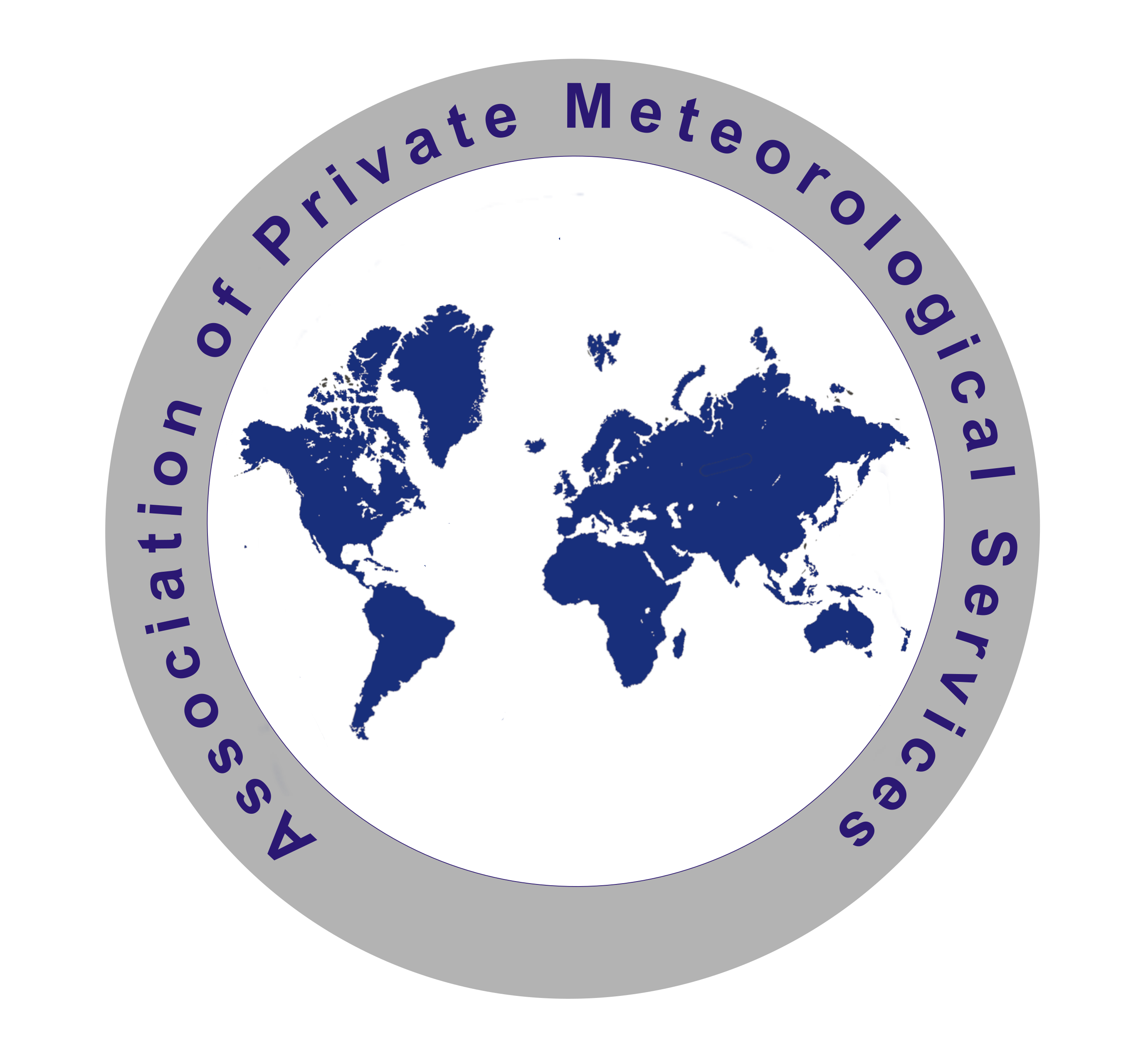Subtropical air intrusions in the Western Mediterranean: their impacts and associated atmospheric circulation
- 1Barcelona Supercomputing Center (BSC), Earth Sciences, Barcelona, Spain
- 2Department of Applied Physics, University of Barcelona (UB), Barcelona, Spain
- 3Institució Catalana de Recerca i Estudis Avançats (ICREA), Barcelona, Spain
One of the critical mechanisms influencing extreme temperatures on a daily basis in the Mediterranean region, particularly during the summer months, involves the intrusion of Saharan or subtropical continental air masses. These warm and stable air masses, which move northward, significantly impact temperatures in the Mediterranean region and have been associated with severe heat waves. This phenomenon has not received extensive attention in the literature despite its impacts. Therefore, understanding these intrusions and the underlying mechanisms driving them is crucial, especially given the observed increase in the frequency of such events in recent decades (1991-2020) compared to the climatology of the latter part of the previous century (1961-1990).
In this study, we analyze air masses originating from low-latitude subtropical African desert areas during the historical period using data from the ERA5 observational dataset. We identify intrusion events in the western Mediterranean region through a study of air mass stability (geopotential thickness and vertical mean potential temperature), and we examine their frequency, spatial distribution, persistence, and trends over time. The impacts of these events extend beyond the region of the intrusion, leading to temperature anomalies across the Mediterranean basin and central Europe, indicating the non-local nature of the involved physical mechanisms.
Finally, we employ clustering techniques to gain insights into the large-scale weather types responsible for these intrusions and their geographical origins. Specifically, we utilise various applications of the k-means method, using diverse variables and sets of data. The results offer novel insight into the conditions that favour intrusions in different locations of the western Mediterranean, their temporal evolution and their relationship with well-studied teleconnection patterns. It also offers an unprecedented observational climatology to assess the ability of climate models to represent this phenomenon appropriately.
How to cite: Cos, P., Marcos-Matamoros, R., Olmo, M., G. Muñoz, Á., Palma García, L., Campos, D., and Doblas-Reyes, F.: Subtropical air intrusions in the Western Mediterranean: their impacts and associated atmospheric circulation, EMS Annual Meeting 2024, Barcelona, Spain, 1–6 Sep 2024, EMS2024-173, https://doi.org/10.5194/ems2024-173, 2024.















